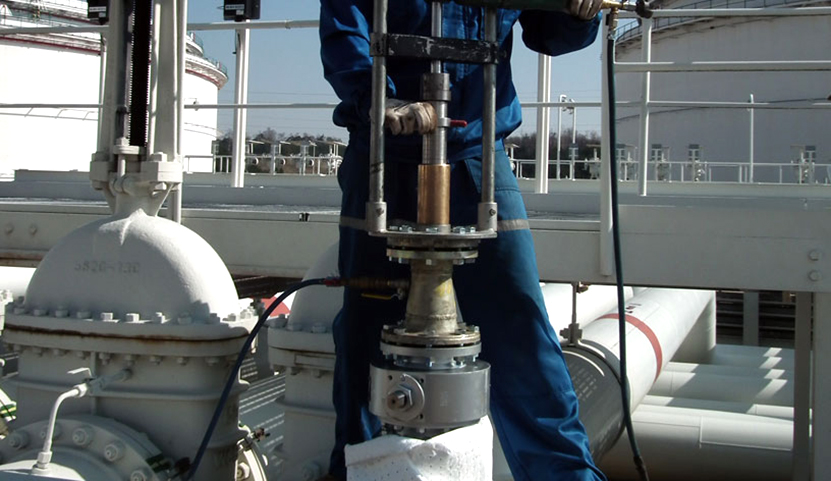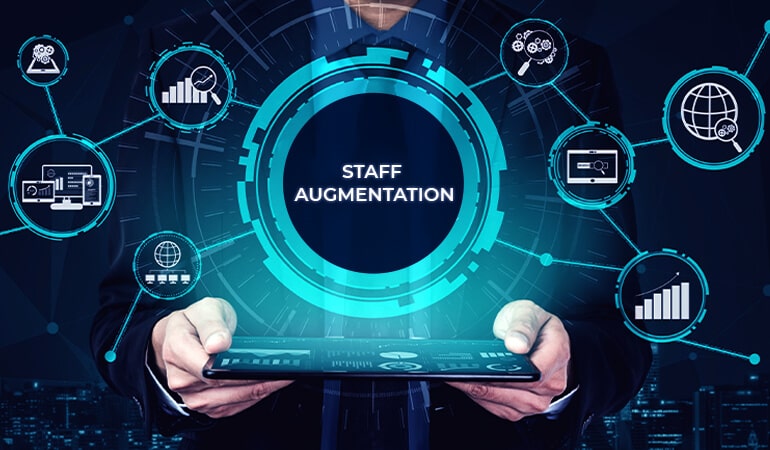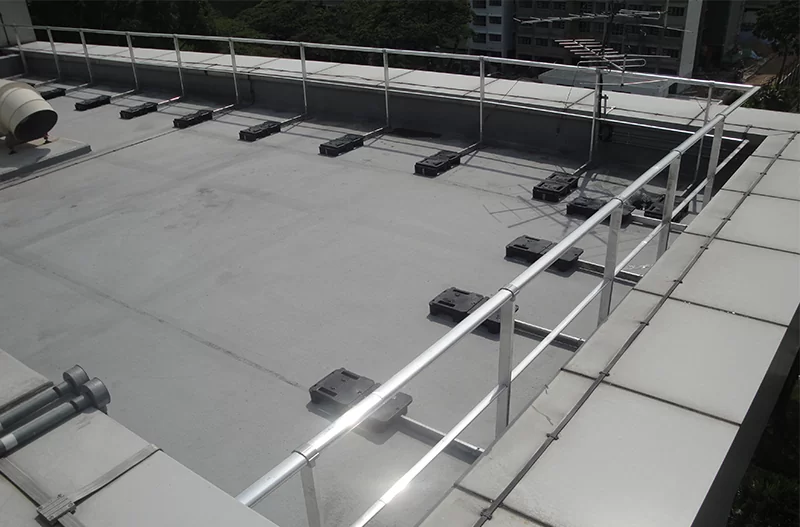Understanding Pipeline Plugging Equipment in Singapore
Pipeline plugging equipment in Singapore plays a vital role in maintaining the safety and efficiency of industrial and municipal pipelines. These devices temporarily or permanently block pipelines, allowing maintenance, testing, or emergency interventions without disrupting connected systems. By isolating specific segments, plugging equipment prevents leaks, reduces contamination risk, and safeguards personnel. Common types include mechanical, inflatable, and pneumatic plugs, all designed to withstand pressure and resist chemical exposure. Properly selected and installed plugging equipment enhances operational reliability, minimizes downtime, and supports compliance with Singapore’s strict safety and environmental regulations. Industrial and municipal facilities rely on these devices to maintain uninterrupted operations while ensuring safe pipeline maintenance practices.
Importance of Pipeline Plugging Equipment in Singapore’s Industrial Systems
Pipeline plugging in Singapore is critical due to the city-state’s dense and regulated industrial and municipal pipeline networks. Water, gas, chemical, and industrial pipelines supply factories, commercial buildings, and residential areas. Disruption or leakage can result in severe safety hazards, financial losses, and environmental damage. Singapore enforces rigorous standards to ensure maintenance procedures comply with both safety and environmental guidelines. Using reliable pipeline plugging equipment reduces accident risk, prevents contamination, and allows maintenance teams to perform inspections and repairs efficiently. Proper plugging also reduces operational downtime, saving significant costs. In an environment where uninterrupted service is essential, the right equipment is key to maintaining operational continuity.
Types of Pipeline Plugging Equipment in Singapore
Different types of pipeline plugging equipment in Singapore serve diverse applications:
- Mechanical Plugs: These are robust, reusable solutions suitable for moderate-pressure pipelines. They expand inside the pipe to create a tight seal.
- Inflatable Plugs: Flexible and versatile, these plugs adapt to irregular pipe shapes and diameters. They are inflated with air or water to block flow and handle high-pressure pipelines effectively.
- Pneumatic Plugs: Using pressurized air or gas, these plugs provide enhanced safety and reliability for high-risk pipelines.
- Temporary vs. Permanent Plugs: Temporary plugs are used for maintenance or emergencies, while permanent plugs are designed for long-term isolation or decommissioning.
Understanding plug types ensures the correct solution is selected for each scenario, maximizing safety and operational efficiency.
Material and Design Considerations for Pipeline Plugging Equipment in Singapore
Material and design choices are critical for pipeline plugging equipment in Singapore. Rubber plugs are flexible and resist many chemicals, while polyurethane plugs handle high-pressure or abrasive pipelines. Composite plugs combine materials for strength and adaptability. Correct sizing is essential to prevent leaks or slippage, and temperature and pressure ratings must match pipeline conditions. Resistance to corrosion and chemical exposure ensures long-term reliability. Using appropriately designed and constructed plugs guarantees that pipelines remain safely isolated during maintenance or emergency operations.
Installation Procedures for Pipeline Plugging Equipment in Singapore
Installing pipeline plugging equipment in Singapore requires precision and adherence to safety standards. First, clean the pipe section to ensure a secure seal. Mechanical plugs are expanded using screws or levers to fit snugly inside the pipe. Inflatable plugs are positioned and inflated to the correct pressure, while pneumatic plugs rely on air or gas systems for sealing. Safety precautions, including protective gear and pressure checks, are mandatory. Testing the plug for leaks and stability before maintenance ensures safe operations. Proper installation prevents displacement and ensures the plug effectively isolates the pipeline segment.
Maintenance and Storage of Pipeline Plugging Equipment in Singapore
Maintaining and storing pipeline plugging equipment in Singapore ensures long-term performance. Regular inspections identify wear, cracks, or chemical damage. Cleaning the plugs after use prevents residue buildup that may compromise sealing ability. Repairs should follow manufacturer guidelines, replacing worn components rather than temporary fixes. Proper storage in controlled environments prevents material degradation. Scheduled maintenance guarantees that plugs remain operational and ready for emergency use. These practices reduce equipment failure risk and help maintain uninterrupted pipeline operations.
Selecting the Right Pipeline Plugging Equipment in Singapore
Choosing the right pipeline plugging equipment in Singapore involves evaluating several factors. Pipe diameter, material compatibility, and pressure rating are essential for safe and effective plugging. Supplier credibility and certification ensure compliance with local safety standards. While cost is a factor, prioritizing quality and reliability provides better long-term operational efficiency. Ease of installation and removal is also critical to reduce labor time and operational risk. Selecting certified, high-quality equipment ensures safety, efficiency, and compliance with Singapore’s industrial standards.
Overcoming Challenges with Pipeline Plugging Equipment in Singapore
Pipeline plugging equipment in Singapore can face operational challenges. High-pressure pipelines require reinforced plugs and monitoring to prevent rupture. Irregular pipe shapes demand adaptable or custom-designed plugs, particularly inflatable or composite types. Installation errors, such as over-inflation or misalignment, can cause leaks or failures, emphasizing the need for trained personnel. Emergency preparedness, including backup plugs, allows rapid response to unexpected failures. Anticipating challenges and implementing preventive measures ensures safe and reliable pipeline operations.
Future Trends in Pipeline Plugging Equipment in Singapore
Innovations in pipeline plugging equipment in Singapore are improving safety and efficiency. Smart plugs equipped with sensors can monitor pressure, flow, and leaks in real time. Eco-friendly materials reduce environmental impact while maintaining chemical and pressure resistance. Automation in installation and monitoring enhances precision, especially in high-risk or inaccessible pipelines. Remote-controlled inflatable and pneumatic plugs minimize personnel exposure to hazardous conditions. Singapore’s adoption of these trends supports industrial safety, operational efficiency, and environmental sustainability.
Frequently Asked Questions (FAQ) About Pipeline Plugging Equipment in Singapore
What is the average lifespan of a pipeline plug?
Lifespan depends on material, usage, and operating conditions. Rubber plugs last several years under moderate conditions, while polyurethane and composite plugs handle higher pressures and chemicals. Regular maintenance extends longevity.
Can pipeline plugs handle both water and chemical pipelines?
Yes, but material selection is critical. Rubber and polyurethane resist many chemicals, while corrosive substances may require specialized composite plugs.
How do I determine the correct plug size for my pipeline?
Measure the pipe’s inner diameter accurately and consider shape and material. Inflatable plugs provide flexibility, while mechanical plugs require precise sizing for a secure seal.
Are inflatable plugs safe for high-pressure systems?
Yes, if rated for the pipeline’s pressure and installed correctly. Monitoring inflation pressure ensures safety and prevents failure.
Where can I source certified pipeline plugging equipment in Singapore?
Certified industrial suppliers provide equipment meeting local safety standards. Selecting experienced vendors ensures reliable and compliant products.











